Spitfire R6899 near Kirklington, Ripon.
During the late afternoon of 3rd February 1941 the pilot of this 54 Squadron aircraft and two other Spitfires from 54 Squadron and had taken off from Catterick at 17.30hrs to carry out a dusk patrol. At 17.50hrs two of the aircraft collided over the Ripon area. While the original purpose of the flight appears to have been an operational patrol (as given in the 54 Squadron operational record book Form 541) the other part of the 54 Squadron record book (Form 540) states that aircraft collided whilst undertaking a practice dog fight. Given the collision occurred just twenty minutes after taking off it's unlikely that the patrol was carried out and the dog-fight practice was made just before landing. Whatever the correct series of events while flying at low altitude over the village of Kirklington, to the north-east of Ripon, at 17.50hrs Spitfire R6899 and one of the other Spitfires collided. R6899 lost much of it's tail section and control was immediately lost. The pilot attempted to bale out but was killed due to him being too low for his parachute to deploy properly. The other aircraft was able to make a safe return to base at Catterick and was repaired. The badly damaged Spitfire R6899 dived into the soft ground which buried the nose end of the aircraft and with there being no pilot to recover from the buried aircraft there appears to have been little attempt to recover the aircraft's front end. The engine was not recovered at the time but was later dug out by a group of civilian enthusiasts and was, at least until the 1990's, kept locally by the Ropner family at Camp Hill, Kirklington having been immaculately cleaned.
The other aircraft involved in the collision was probably Spitfire X4718 flown by F/O Gidman.
Pilot - F/O John William Bocca RAF (41520), aged 26, of Chiswick, Middlesex. Buried Newcastle on Tyne Cemetery.
John Bocca and his gravestone in Newcastle Cemetery, Jesmond Road, Newcastle. There have been a number of rumours about him circulating in historical
aviation records and books over the years, one being he was the son of the Bishop of Newcastle. In February 2011 I was fortunate enough to have been
contacted by a relation of John Bocca's girlfriend at the time of his death. Ms. Jessica Kilburn kindly provided the photograph of his shown above and
she was able to add a wealth of information about his family background and clear up some of these rumours. It was true that his parents were Italian
immigrants, who had settled in Horden, County Durham before Jack's birth. Horden was a mining village but was once one of the largest mining communities
in the country. It is believed that his parents owned an ice-cream parlour there. Jack was a clever young man, he attended Henry Smith Grammar School in
Hartlepool, before studying at St Bede's College, Durham and gained a BSc. He was a very talented writer, who aspired to be a poet and playwright; however, upon joining the RAF he
developed a love of flying describing it in a letter to his girlfriend as 'essential to me...I will never be able to give it up'. Before the war he taught
English for a time at a school in Heaton, Newcastle upon Tyne. He received his commission to the rank of P/O on Probation on 6th October 1939 and was promoted
to F/O on 3rd September 1940. The 54 Squadron record book makes mention of this accident stating "P/O "Jock" Bocca crashed and was killed. This sad accident has caused 54 to lose not only a very experienced pilot but also a very fine and likeable young man."
Further details of his siblings are known through Ms Kilburn; Jack's sister, Vera Bocca married the actor Laurence Naismith in 1939, her husband would later
appear in the films
"The Dam Busters", "Scrooge", "Camelot" and "Diamonds Are Forever" to list four of his fifty films. Jack's brother, Geoffrey Bocca, was a sucessful writer,
novelist and playright who published around thirty well known books of the 1950's and 1960's. The rumours of the John Bocca's father being the Bishop of Newcastle
are incorrect! I thank Ms. Jessica Kilburn for the information and photograph she kindly provided this account.
The engine recovered, cleaned and in a remarkable condition, the photograph above was supplied by air historian Mr Ken Reast and the two below taken by Eric Barton.
Ken Reast, Albert Pritchard and Eric Barton were taken to the crash site by the land owner in September 1999 and this item was located on the surface next to a fence post.
Small fragments that were found on the surface by Eric Barton at the crash site in September 1999 and were retained by him. These items were passed to me in 2022 to find a new home for. The item shown below is of part of the flying controls.
The item shown in the photograph above was one of the items found on the surface and shows a Spitfire part number with the "300.." prefix.
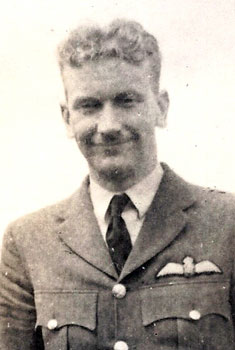
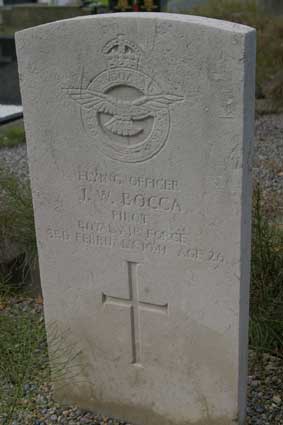
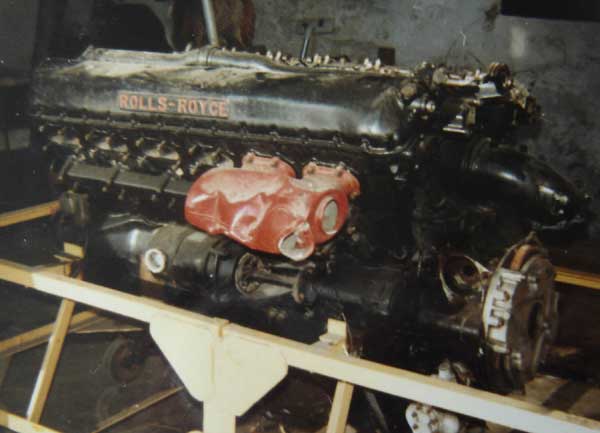
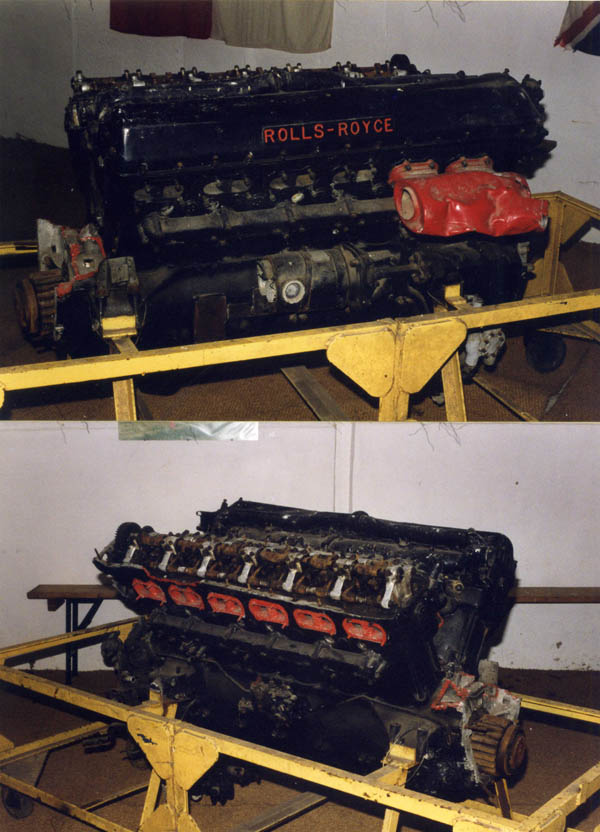
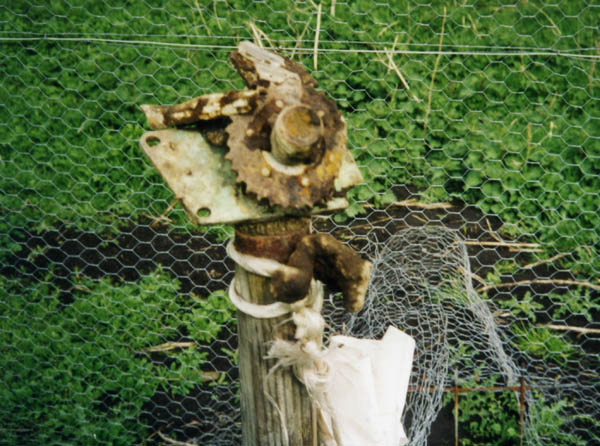


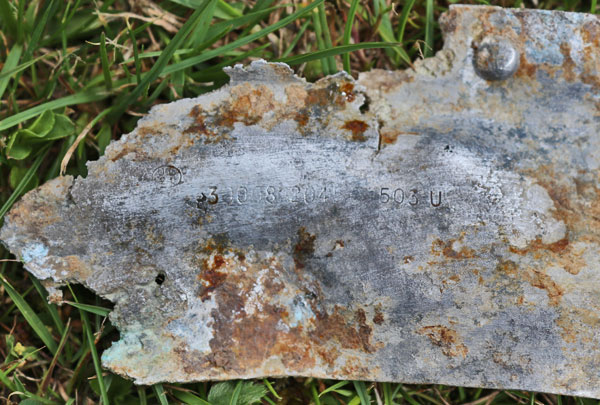
Spitfire R6899 was built to contract B19713/39 by Vickers Armstrong's (Supermarine) Ltd. at Woolston and was first test flown on 6th July 1940.
The following day it was flown to 6 MU at Brize Norton for preparation for the RAF and more specifically the Battle of Britain. On 13th July 1940
it was taken on charge by 54 Squadron at Rochford and entered the Battle of Britain. On 24th July 1940 it moved with the unit to Hornchurch before
heading north on 28th July 1940 with the unit to Catterick. On 8th August 1940 it moved with the unit back to Hornchurch then on 3rd September 1940
with the unit back to Catterick. It sustained Cat.E2/FA damage as a result of the accident detailed above near Kirklington. It was struck off charge
on 10th February 1941 with a total flying time of 220.45hrs.